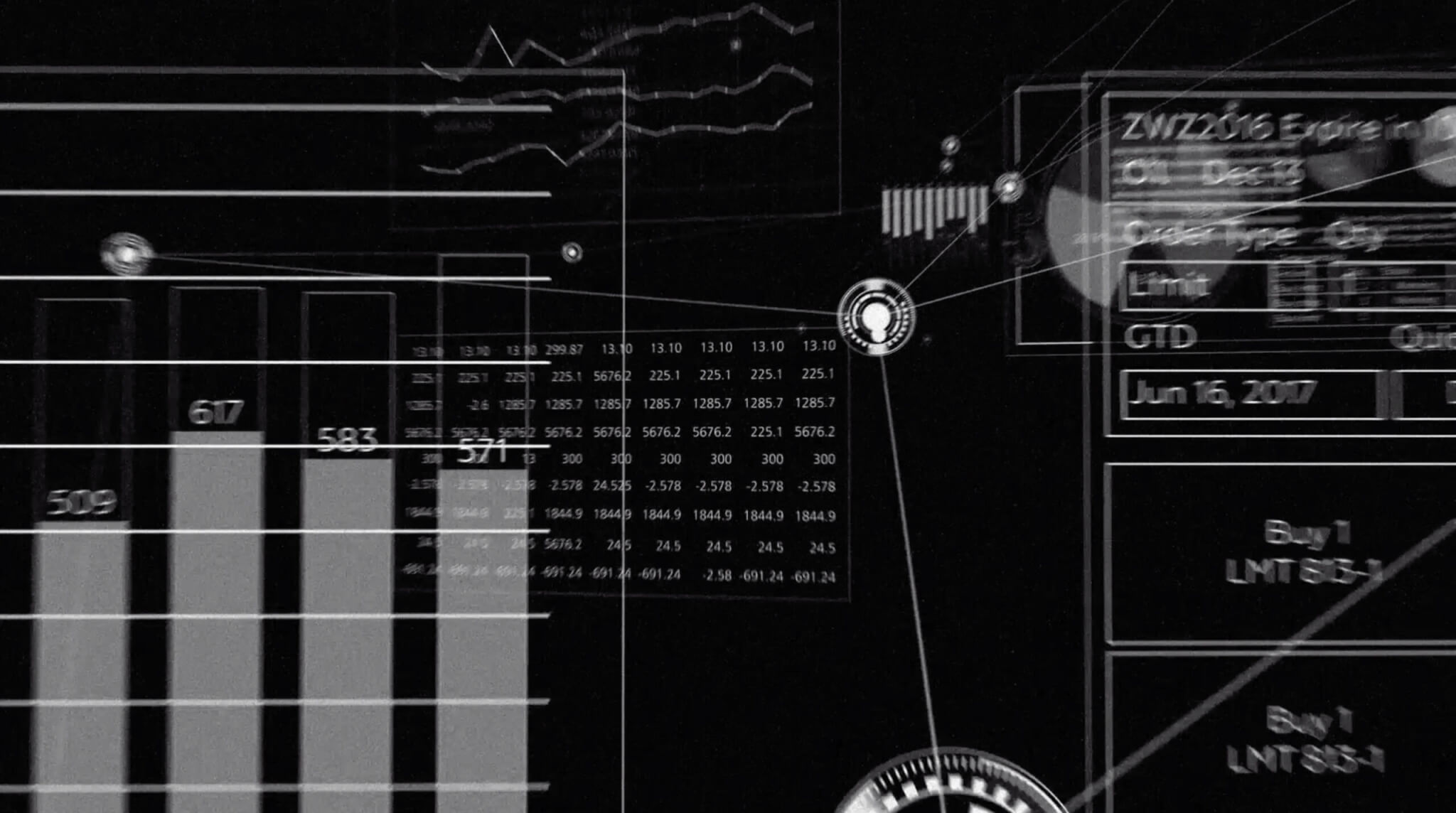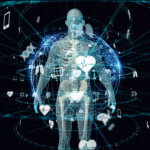How the Data from Healthcare Registries Can Advance Treatments
When people hear the word “registry” they might think of gifts for a wedding or baby shower. By its simplest definition, a registry is just an official list or catalogue of information. Registries are present wherever documentation is stored and used. In recent years, registries have become an essential tool for healthcare, allowing diseases, conditions and their treatments to be better understood. In this article, we’ll explore the significance of health registries and their future impact in medicine.
What is a health registry?
A health care registry is a collection of structured data used for a specific medical event, availability of resources or quality of treatment. Users, like researchers and clinicians, can access the data to gather information to help them in their understanding and decision-making.
Healthcare registries can focus on data for diseases and their medical treatments which includes information on planning and outcomes of these treatments. Most of the time, the purpose of these registries is to support a specific medical research study, but the overall goal for both clinicians and researchers is to improve treatments and deepen understanding.
These pools of data can also be seen as resources to derive new insights into challenges that might not even have been considered before. Registries therefore have the power to create new information to drive innovation in healthcare.
What are some examples of medical registries?
Cancer is one of the leading causes of death in the United States. The National Program of Cancer Registries (NPCR) from the Center for Disease Control and Prevention (CDC) is a national cancer registry database used to study this disease and its treatments. Their slogan “Measuring progress. Targeting action.” is an excellent summary of the main goals of registries to learn from collected data to create change.
The Australian Orthopaedic Association National Joint Replacement Registry (AOANJRR) from the Australian Orthopaedic Association became fully national across Australia in 2002. This registry has the overarching goal of improving and maintaining quality of care for patients who underwent joint replacement surgery, including hip, knee, shoulder, elbow, wrist, ankle and spinal disc.
Similarly, the German Arthroplasty Registry (EPRD) from the German Society for Orthopaedics and Orthopaedic Surgery is an orthopedic registry that strives to improve quality of care. 450,000 hip and knee replacements take place in Germany every year, but also 45,000 revision surgeries to correct previous procedures occur. The goal of this registry is to understand the reasons behind these revision surgeries and change that outcome.
The Stereotactic Radiosurgery Registry from the American Association of Neurological Surgeons (AANS) collects patient reported outcomes from those who received stereotactic radiosurgery treatments (SRS). The objectives of this registry is to define national patterns of care in SRS, improve healthcare outcomes, support informed decision-making, and explore the potential to lower the cost of care delivery to patients.
Spine Tango from EuroSpine is a spine registry to which both individual users and national spine societies can submit their data. This international registry makes possible the collection of standardized data on treatment effectiveness, patient safety and best practice.
How is data gathered for a registry?
At the beginning, data was collected with paper-based questionnaires that were filled out and entered manually. That method of data collection continues to this day but in a format that allows a machine to read the answers. As data collection methods advance, questionnaires are becoming more and more digitalized, including those filled out by medical staff. A lot of the information that will be entered into a registry already exists in one of the multiple systems in the hospital. The goal of registries moving forward is to gather information automatically and to intelligently minimize the manual effort required to collect and standardize the data.
What is the importance of data standardization for registries?
The phrase “compare apples to apples” is a great way to summarize why data standardization is important to making registries more useful. The same data across many patients needs to be gathered to allow researchers and clinicians to learn from the information collected. One of the important values that can be learned from registries is the statistical outcome. The greater the amount of data and the better its quality, the more meaningful the overall statistical outcome.
Comparing apples to apples sounds easy, but in a medical diagnosis, there could be hundreds of different tumors, viruses or bacteria to account for. And even data as simple as a patient’s weight can be complicated if the data collected isn’t standardized: Was the patient weighed with or without clothes? Are they being weighed first thing in the morning or at the end of the day? Is their weight in pounds or kilograms? All data needs to be standardized in order to be useful.
What are the current challenges of adding image data to registries?
“A pictures is worth a thousand words” is a phrase we can turn to when talking about the value of patient scans, like CT, MRI, ultrasound, and more. These images are a huge and valuable data source because they are so full of information about the patient, the diagnosis, the treatment and prognosis. Typing out of all this information would take far too much of a clinician’s precious time. Getting access to this information in a less time-consuming way could potentially save clinicians an enormous amount of time and effort.
The difficult part about gaining information from images is data privacy. Before an image can be shared, it must be ensured that the patient cannot be identified from the image. But by processing the image to remove personal information — a process called data anonymization — the images may be compromised so that they are no longer useful for certain types of data collection. The challenge with images is to find a way to preserve as much data as needed so it stays useful while making it impossible to track the patient’s identity.
How will registries change as technology advances?
The pandemic has already shown us that data is one of the key elements that allows us to handle unexpected situations in the best possible way. With technology that will allow us to make data more useful, more and more we’ll be able to integrate this registry approach into treatment processes. Physicians will have an overview of the data that is collected and will make use of this information in their daily work in real-time.
Looking a little bit further into the future, the lifestyle data of patients could also be incorporated with fitness trackers and other Internet of Things devices. This type of data would give additional context to the patient’s care, for example, tracking the phases before and after a major surgery, to help ensure the objectiveness of the data collected and inform future treatments.
Healthcare data registries are already giving clinicians and researchers understanding of the big picture for diseases and treatments. With more advancements and further technological innovations, even more patients will benefit from this understanding in the future.




